Building a History
In 2015, VIMS is celebrating its 75th anniversary! Events will be held on the campus and by faculty to celebrate the landmark, and future blog posts will be dedicated to looking into VIMS’s past and celebrating its future.
For all the changing policies and projects happening at VIMS over the past 75 years, there has been just as many physical changes on the campus. VIMS’s physical infrastructure has been retrofitted, rebuilt, and improved over the last decade to enhance its mission of research and education. Look at the map below, and follow along for a virtual tour of VIMS’s sustainable buildings and infrastructure.
1. BEACH FEATURE
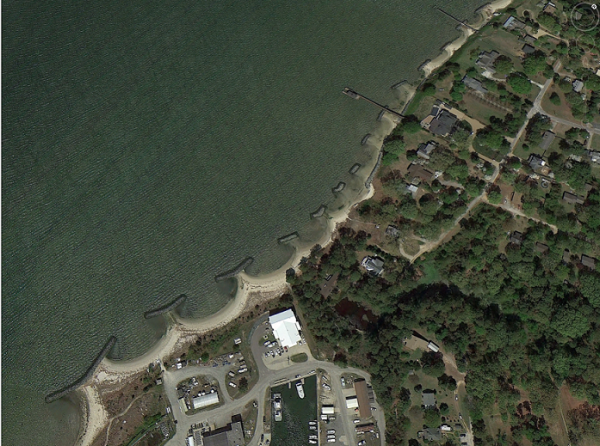 I have to assume some forethought went into situating VIMS, a marine science school, on the ocean. The ocean has fought back on occasion, with issues such as sea level rise and strong storms threatening the campus. In recent years, VIMS has adapted their beachfront area to be more resilient and functional. To protect the shoreline, VIMS created the sand beachfront and installed stone breakwaters along the coast. These features help shelter the new field office built by the shore, protecting it from further erosion and storm surge. The beachfront is also a recreational area for VIMS students and faculty, housing boats and kayaks to be taken out on the bay. The beach itself also serves as a unique habitat in the area.
I have to assume some forethought went into situating VIMS, a marine science school, on the ocean. The ocean has fought back on occasion, with issues such as sea level rise and strong storms threatening the campus. In recent years, VIMS has adapted their beachfront area to be more resilient and functional. To protect the shoreline, VIMS created the sand beachfront and installed stone breakwaters along the coast. These features help shelter the new field office built by the shore, protecting it from further erosion and storm surge. The beachfront is also a recreational area for VIMS students and faculty, housing boats and kayaks to be taken out on the bay. The beach itself also serves as a unique habitat in the area.

Aerial comparison of Gloucester Point, 1959 and 2013. The breakwaters, and their preservation of the shoreline, are clearly visible in the upper right.
2. TEACHING MARSH
Created in 1999, the teaching marsh serves as a tool for visitors and students. VIMS took an unused and scraggly bit of land and planted native marsh plants. A year later, the marsh taken off and was nearly fully grown. Today it is still small but thick with plants, cut through by a bridge and informational signs. Groups frequently visit the marsh to learn about different types of marsh plants and coastal ecosystems. In addition, the marsh provides an alternative, sustainable landscape option for residential waterfront properties. While it is an informal teaching environment, the teaching marsh is crucial in expanding VIMS’s educational outreach efforts.
3. ANDREWS HALL
When VIMS was founded in 1940, the campus had few of the brick buildings that dominate the campus today, and that are characteristic of W&M’s campus. Instead, small white houses were scattered over the landscape, each holding a different department or office. Reeds House, pictured here, stood in the place of what is now Andrews Hall, a modern brick building with a huge glass facade. Andrews Hall houses offices, classrooms, and labs, and is the academic center of campus.
 Apart from the updated labs and classrooms inside, solar panels lay on Andrews’s roof. The generated energy is used for communication of remote research project data, as well as running the ever-popular osprey monitoring camera.
Apart from the updated labs and classrooms inside, solar panels lay on Andrews’s roof. The generated energy is used for communication of remote research project data, as well as running the ever-popular osprey monitoring camera.
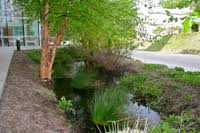
Another key sustainable feature of Andrews Hall is two runoff ponds. One pond fills up with excess stormwater, and the other is designed to collect air conditioner runoff. These additional features to Andrews Hall, not to mention the building itself, further promote VIMS sustainable research and operations.
4. COMMUNITY GARDEN
VIMS’s community garden, created in 2008 with help from W&M’s COS green fees, is open to faculty and staff.
Once the site of Geddings House, which was torn down as part of VIMS renovation efforts, the land now holds garden plots available to rent. People at VIMS now grow vegetables while they work, enabling them to eat sustainably. In addition to the gardens, composting piles are housed to the side of the plots, completing the full circle of plant life.
5. CBNEERS
The CBNERR building (Chesapeake Bay National Estuarine Research Reserve) on VIMS’s campus showcases sustainable installations for homeowners. Visitors can see rain barrels (pictured), native plant species, sections of permeable pavement, and more. By seeing these features in action, homeowners are inspired to make small sustainable changes in their own homes.
Want to get involved?
- Contact Todd Nelson (nelson@vims.edu) to get involved in adapting solar panels for use in projects at VIMS.
- Visit the VIMS website and learn how to become an official VIMS volunteer on various sustainable projects.
Want to learn more?
- Take a look at the VIMS osprey cam, broadcasting in real time.
- Visit the VIMS campus and follow the CBNERR tour below to see and learn about sustainable installations you can use!

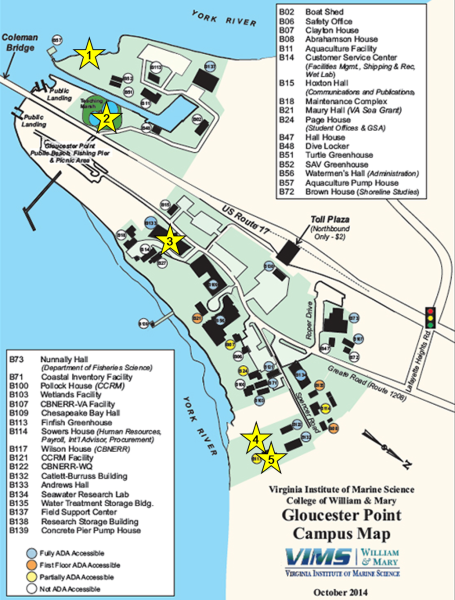
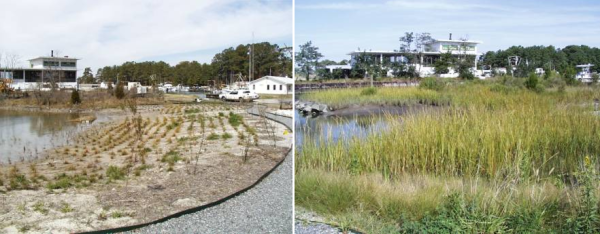

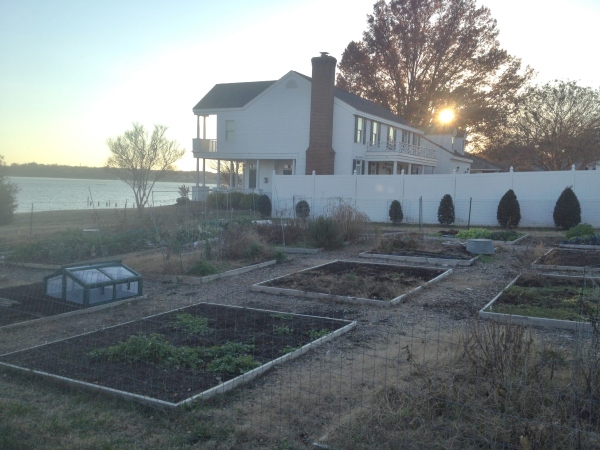
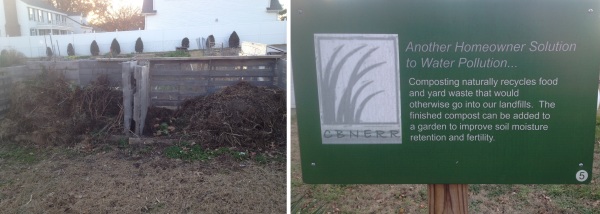
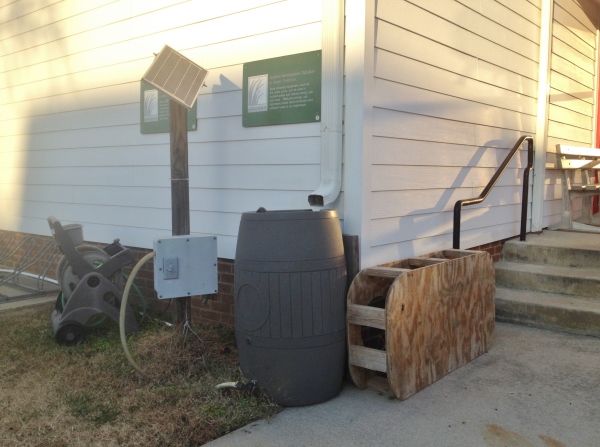
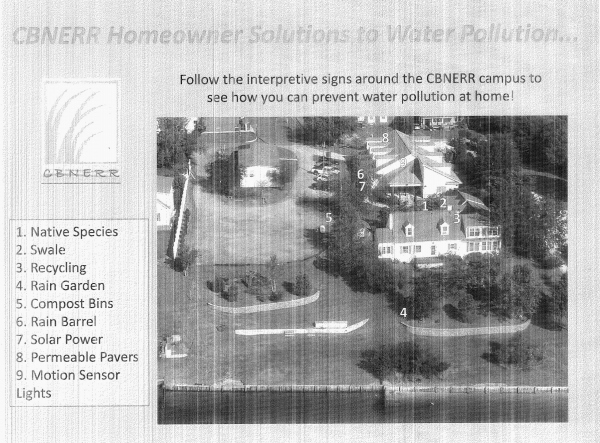
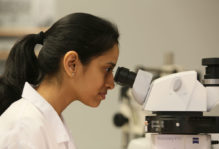

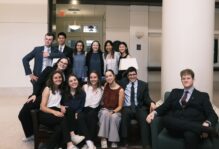
No comments.
Comments are currently closed. Comments are closed on all posts older than one year, and for those in our archive.